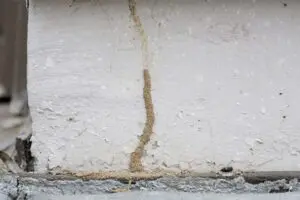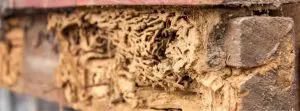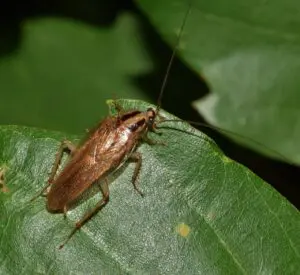

What are bed bugs and how do I protect my home from an infestation?
According to the Environmental Protection Agency (EPA), bed bug infestations are on therise in America, mostly due to a lack of knowledge about the pests. So, if this rise in infestations is to be stopped and your home kept safe, then it’s time to learn a thing or two about these tiny pests and what you can do to prevent them.
Bed bugs feed on blood and cause itchy, irritating bites. Unlike most of their insectbrothers, they’re not known to transmit or spread disease. However, they can create extremediscomfort for homeowners as well as create an unsanitary environment. One of the most difficultaspects of these insects to deal with is merely identifying them. Young bed bugs are oftentransparent and extremely small, making them difficult to see against fabric and framing. Evenwhen grown to full adulthood, bed bugs are roughly the size of an apple seed. Although theybecome dark brown or reddish brown with flat, oval-shaped bodies that might make them easierto see against surfaces, these insects also enjoy hiding, making spotting them all the more difficult.
While identification and confirmation of bed bugs is difficult, it’s important to check oftenand try to catch an infestation ofthis pest early on. According to the EPA, “Treating a minorinfestation, while an inconvenience, is far less costly and easier
than treating the same infestation after it becomes widespread.” The best times to check for bed bugs are when cleaning, changing bedding or after coming home from any trip. Since bed bugs are so difficult to see and the red bites they leave could appear as bites from any other common insect, it’s best to look for physical evidence of the infestation or clues left behind. When crushed, bed bugs leave rust-colored stains on fabric. Bed bugs also leave small dark spots of their excrement in places where they live. While possibly harder to spot, eggs and egg shells can also be clear signs that you have a bed bug infestation.
Since bed bugs love to hide, it is important to check small, tight spaces like drawer joints,electrical receptacles, appliances, loose wallpaper and even wall-to-ceiling junctions. The bedbug’s shape allows it to fit into areas such as these and avoid detection.
Even if you find no evidence of bed bugs in your home, it is important to follow preventiontips as closely as you can in order to avoid a future infestation. Make sure to check secondhandfurniture before bringing it into your home and use protective covers on your mattress andboxspring. It’s also important to reduce clutter and vacuum frequently. If you use a shared laundryfacility, be extremely vigilant about what you take back into your home, as places such as thesecan be hotbeds for bed bug infestations.
If you’re worried about bed bugs in public, make sure to stow your belongings separatelyfrom others. This also applies to bed bug awareness while traveling. If you’re staying somewhereother than your home, inspect whatever room you stay in and utilize luggage racks so that yoursuitcase does not come in contact with the floor or bedding. Once home, unpack your clothingdirectly into the washer and then use the heat of the dryer to kill any bed bugs that may havetried to hitch a ride in your suitcase.
When armed with this knowledge and these prevention tips, one should be able to avoid abed bug infestation. However, if you do encounter an infestation, be sure to contact a professionalextermination and treatment provider Excel Termite & Pest Control to ensure complete removal.
Reference: http://www.epa.gov/bedbugs
For more information regarding bed bugs please read our Bed Bugs FAQ Page.






